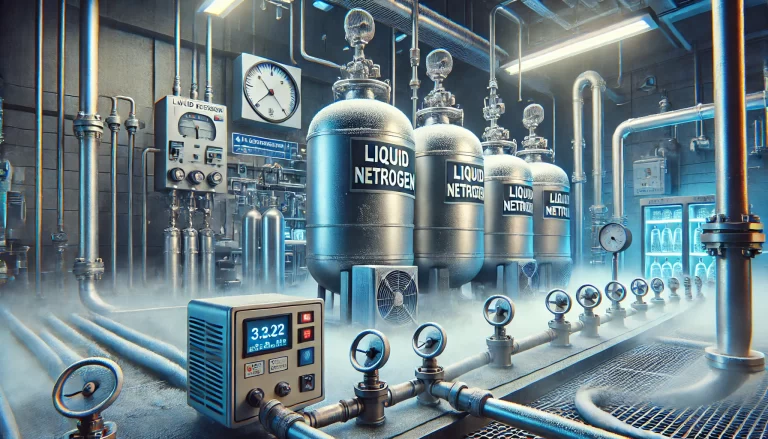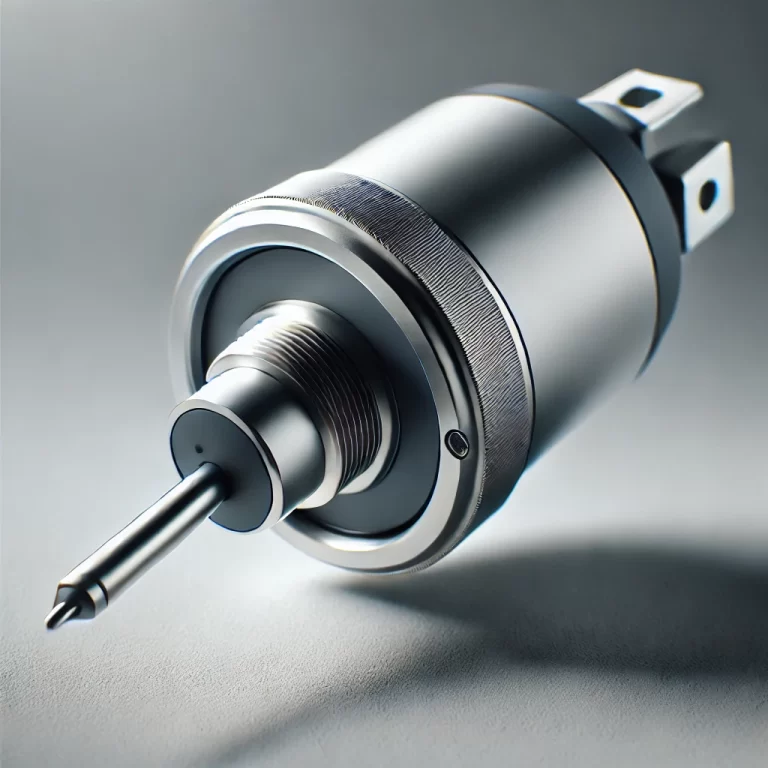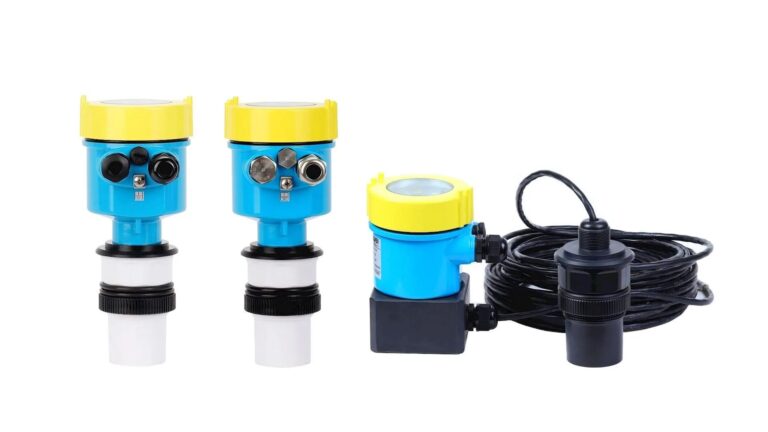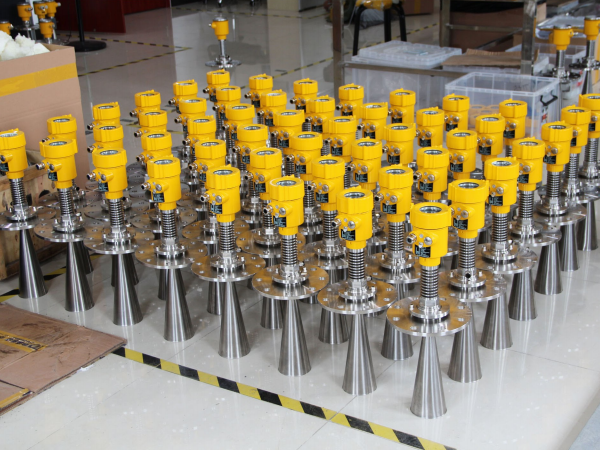In automated production processes, level detection and monitoring play a critical role across various industries, such as food and beverage, chemicals, pharmaceuticals, and semiconductors. From machine cooling to lubrication systems, the ability to monitor liquid levels directly impacts product quality and can even determine whether the production process runs smoothly. For engineers, selecting the appropriate and cost-effective sensor is a significant challenge. To make the best choice, it is essential to understand the characteristics of the liquid being measured, the state of the liquid, and the advantages and disadvantages of different level sensors available.

Challenges in Level Measurement in Complex Environments
The complexity and variability of the environments in automated production processes present various challenges for level measurement. These include scenarios such as detecting levels in highly viscous liquids, monitoring wastewater with impurities, measuring foamy liquids, and detecting levels in highly corrosive liquids. These challenges have led to the development of different types of level sensors—capacitive, photoelectric, and ultrasonic, among others. The selection of a sensor not only depends on its reliability and stability but also on ease of installation, compact size, and adaptability to a wide range of applications.

Capacitive Measurement
Capacitive level sensors detect the change in capacitance caused by variations in the liquid level or bulk material height. These sensors come in different forms, such as capacitive level transmitters that provide analog outputs and capacitive proximity switches, which can be mounted on the side of containers for non-contact detection.
However, when selecting capacitive sensors, it is important to consider their susceptibility to the material of the container and the properties of the liquid. For example, plastic containers and situations where material buildup occurs can interfere with the sensor’s capacitance readings, causing inaccurate output. In such cases, regular calibration and choosing sensors with appropriate material compatibility are crucial to ensure reliable measurements.

Photoelectric Level Sensors
Photoelectric level sensors operate based on the principle of optical reflection. When no liquid is present, the emitted light from the transmitter is fully reflected, indicating an empty state. When liquid is present, the light refracts in the liquid, and only a portion of the emitted light is reflected, signaling the presence of liquid.
One of the key advantages of photoelectric sensors is their simplicity in installation. Most models feature threaded heads that can be directly screwed onto containers, making them easy to set up. They are also cost-effective, precise, and reliable. However, photoelectric sensors work best in clear, non-turbid liquids, as particles or foam may interfere with the optical signal, leading to inaccurate readings. These sensors are ideal for applications where cost efficiency and high precision are necessary.
Ultrasonic Measurement
Ultrasonic level sensors measure liquid levels by emitting high-frequency sound waves and detecting the time it takes for the sound waves to travel to the surface of the liquid and back. The time difference between the emission and reception of the sound waves is used to calculate the liquid’s height.
While ultrasonic sensors offer easy installation and high flexibility, they are sensitive to energy loss during wave propagation. This means that their performance can be affected by environmental factors such as steam, dust, or foam. In applications where steam or powder layers are present, the sensor’s measurement range may be significantly reduced, and in highly absorbent environments (such as foamy liquids), these sensors may not provide reliable results. Therefore, it is essential to carefully evaluate the environment before selecting ultrasonic sensors for specific applications.

Choosing the Right Sensor
To choose the most suitable level sensor, it is crucial to understand the characteristics of the liquid being measured, as well as the specific requirements of the application. Factors such as liquid type (viscous, foamy, corrosive), container material, and environmental conditions (e.g., steam, temperature, pressure) must all be considered. Additionally, the advantages and disadvantages of different sensor types—capacitive, photoelectric, ultrasonic—should be weighed to ensure the right fit for the specific production process.
Each sensor type offers unique benefits and potential limitations, and engineers should carefully evaluate these factors in relation to the operational environment. For example, capacitive sensors may offer high precision in stable environments but can be affected by container materials or buildup. Photoelectric sensors provide ease of installation and high accuracy but may struggle in applications with particulate or foamy liquids. Ultrasonic sensors are flexible and non-contact but may suffer from reduced accuracy in environments with heavy steam or dust.

Conclusion
In conclusion, level detection and monitoring are vital to ensuring smooth operations in automated production systems. With a variety of sensors available, understanding their principles, strengths, and weaknesses is essential for selecting the right one for the job. Engineers must take into account the properties of the liquid being measured, the environmental conditions, and the specific needs of the application. By carefully considering these factors, it is possible to choose the most reliable and cost-effective solution for optimal performance.
